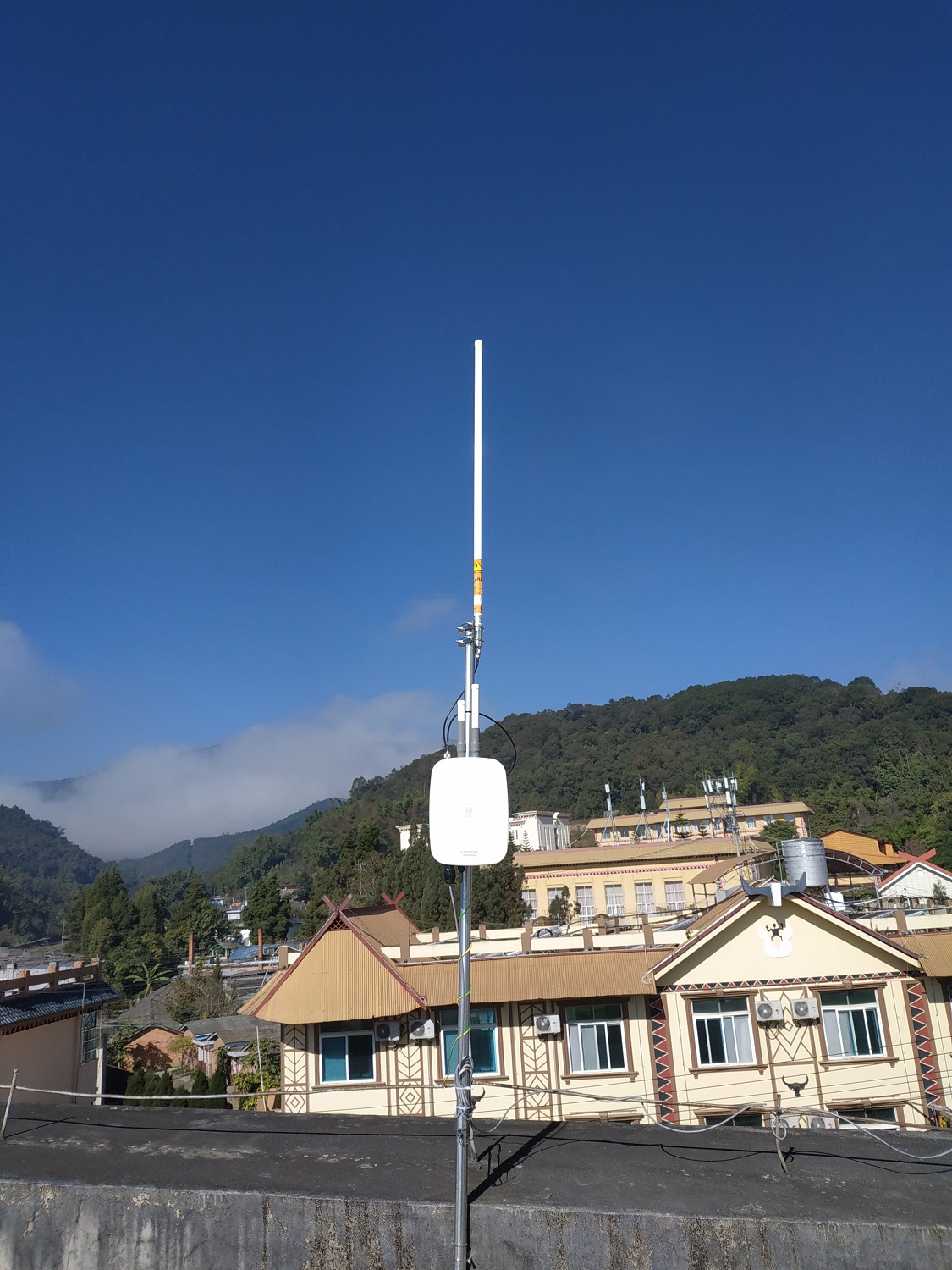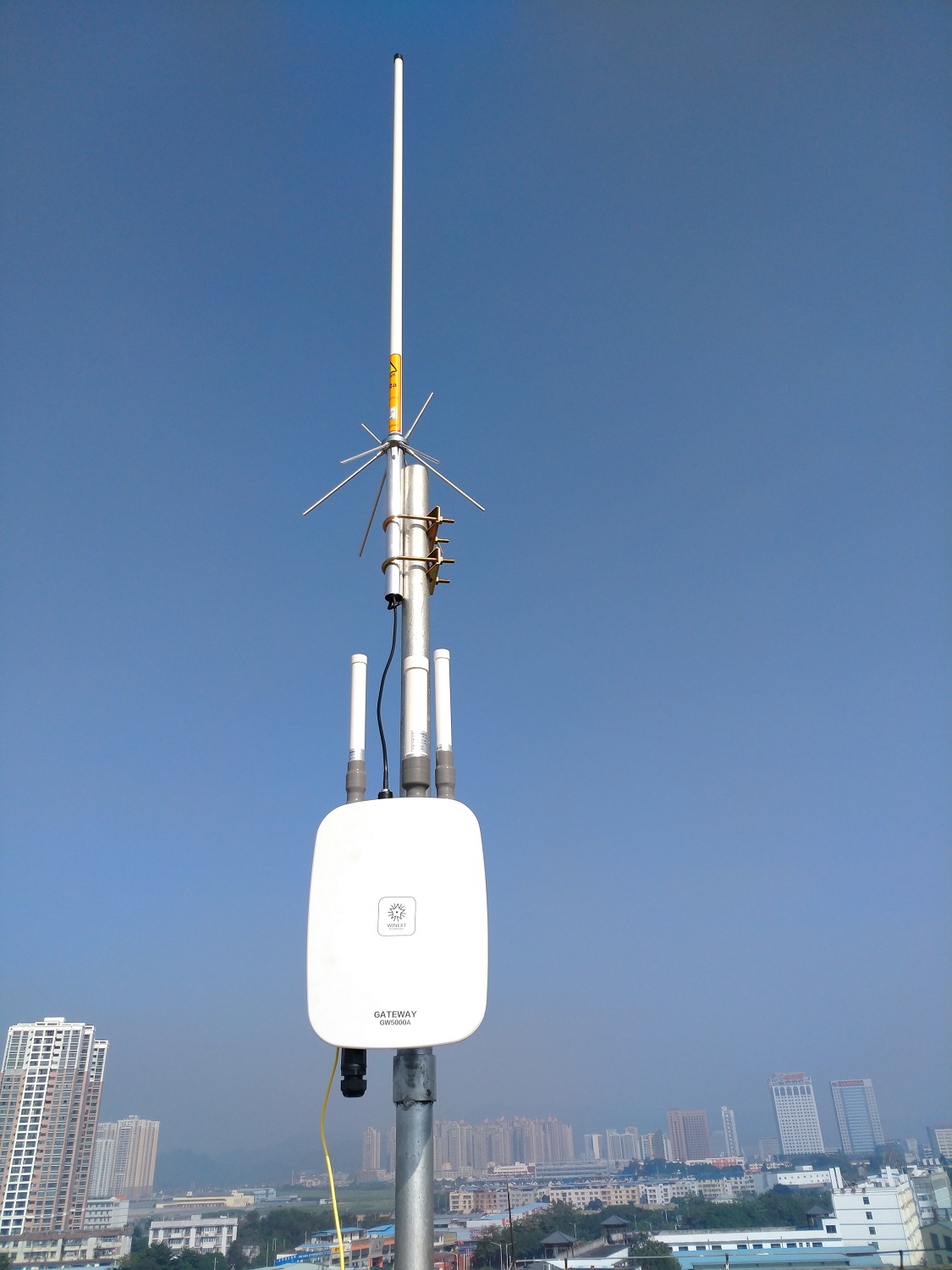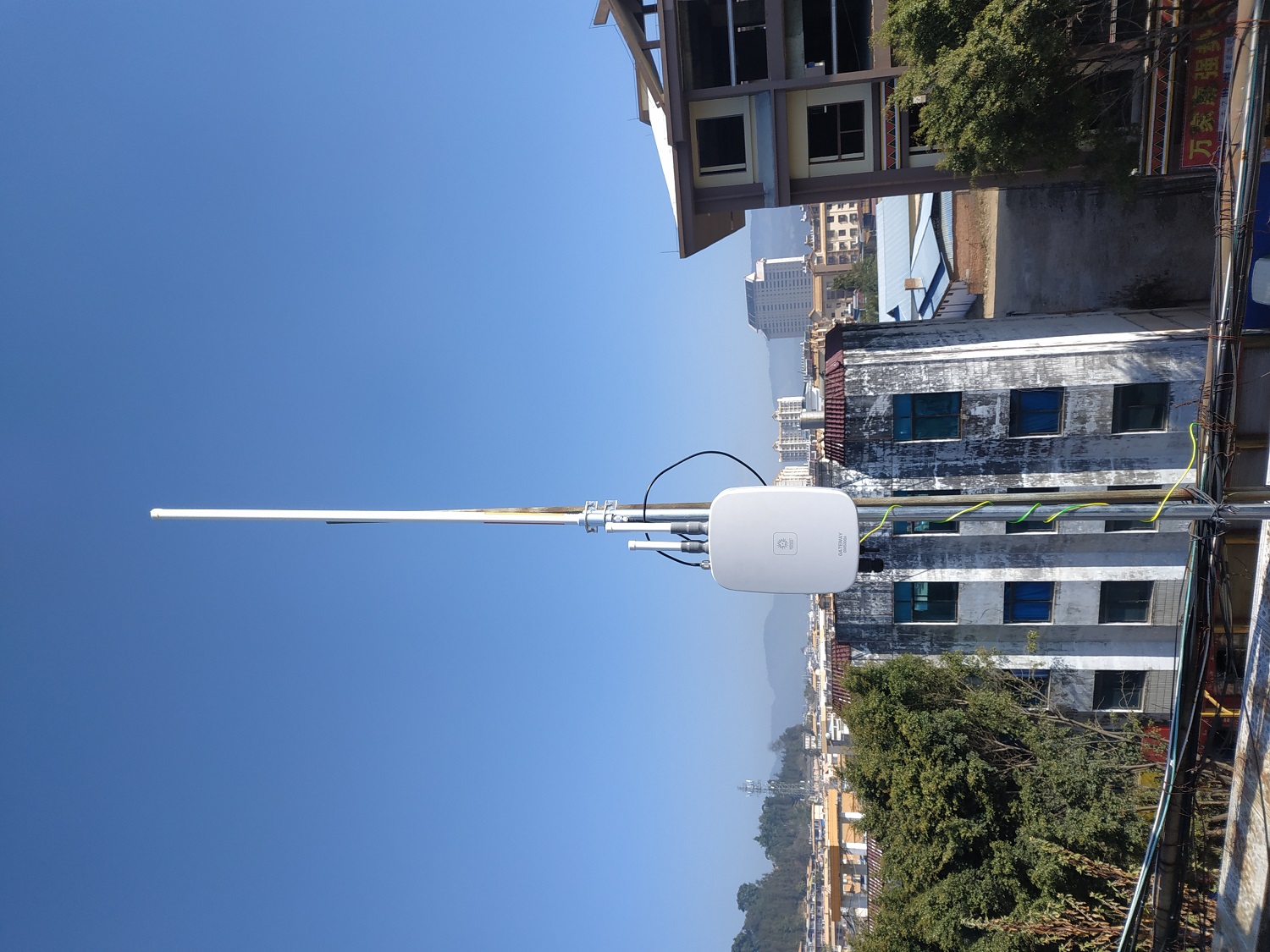

— Blogs —
—Products—
 Consumer hotline +8618073152920
Consumer hotline +8618073152920 WhatsApp:+8615367865107
Address:Room 102, District D, Houhu Industrial Park, Yuelu District, Changsha City, Hunan Province, China
Product knowledge
Time:2025-10-18 10:31:29 Popularity:613
Wireless Connection Showdown: WiFi vs LoRa Weather Stations' Technical Comparison and Application Boundaries
In-depth analysis of two mainstream wireless meteorological data transmission technologies—LoRa and WiFi—from low-power long-distance to high-speed real-time, helping you choose the smart meteorological solution best suited for agriculture, industry, and scientific scenarios.
Modern meteorological monitoring has evolved from "local collection" to "global connectivity." Whether for farmland climate control, urban weather services, or environmental assessments in new energy sites, "wireless communication" is a critical component of weather station systems.
On the path to wireless, two mainstream technology routes have emerged:
- LoRa (Long Range): Emphasizes ultra-long distance, ultra-low power consumption, and large-scale deployment capabilities;
- WiFi (Wireless Fidelity): Pursues high bandwidth, real-time performance, and intelligent cloud interaction.
These two technologies represent the philosophies of "sustained coverage" vs. "speed and connectivity."
The choice depends on your site conditions, network resources, and data usage goals.
LoRa stands for "Long Range Radio" and uses Chirp Spread Spectrum (CSS) modulation.
This enables LoRa signals to achieve strong anti-interference and ultra-long communication distances at extremely low power.
Typical communication architecture:
- Meteorological sensor nodes send data via LoRa modules at low rates;
- Data is received by a LoRa gateway;
- The gateway uploads to cloud platforms or servers via Ethernet, 4G, or WiFi.
This "star or semi-star" network structure allows stable long-term operation in environments without public networks or power supplies.
✅ Ultra-Long Distance: Up to 2–10 km in unobstructed environments (1–3 km in urban settings), far surpassing WiFi coverage.
✅ Ultra-Low Power: Nodes can run on lithium batteries or solar power, lasting 1–3 years.
✅ High Anti-Interference: CSS spread spectrum maintains high receive sensitivity (-140 dBm level) in complex electromagnetic environments.
✅ Self-Networking Capability: Supports multi-node, multi-gateway communication via LoRaWAN protocol for flexible range expansion.
- Agriculture and hydrological monitoring: Ideal for large farmlands, river valleys, and pastures.
- Remote scientific environments: Mountain ecology stations, desert climate stations, forest rainfall monitoring.
- Suburban distributed deployments: Multiple sites unified to one LoRa gateway.
- Low data rates: Typically 0.3–50 kbps, unsuitable for video or high-frequency sensor arrays.
- Higher latency: Reporting cycles in seconds or minutes, not real-time.
- Requires gateway setup: If no existing LoRa base stations, configure LoRaWAN gateways manually.
LoRa is like a "silent but reliable messenger"—not fast, but far-reaching; not flashy, but extremely stable.

WiFi weather stations are based on 2.4GHz or 5GHz wireless local area networks, connecting directly to the internet or LAN via TCP/IP protocols.
Sensors or hosts push real-time meteorological data (e.g., temperature, wind speed, light, rainfall) to the cloud or apps with millisecond-level latency.
✅ Real-Time Transmission: Data syncs instantly to cloud platforms, supporting dashboards, alarms, or AI predictive models.
✅ Cloud Integration: Compatible with mainstream protocols like MQTT, HTTP, Modbus TCP; easy docking with AWS, Azure, ThingsBoard.
✅ Big Data Support: Ample bandwidth for high-frequency sampling and multi-parameter sensor arrays.
✅ Remote Configuration: Supports OTA firmware upgrades, remote debugging, and sync settings.

- Smart cities and building environmental monitoring;
- Laboratory and scientific real-time observations;
- Industrial and commercial park climate control (HVAC/shading systems).
- High power consumption: WiFi modules require constant connections, needing stable power or solar assistance.
- Short transmission distance: Typically 30–100 meters, with significant attenuation in obstructed areas.
- Dependent on network infrastructure: Data upload halts during outages.

| Feature | LoRa Weather Station | WiFi Weather Station |
| Communication Principle | Spread Spectrum (CSS) | TCP/IP Local Area Network |
| Frequency Band | 433 / 868 / 915 MHz | 2.4 / 5 GHz |
| Power Consumption | Ultra-Low (Battery/Solar Suitable) | High (Requires Continuous Power) |
| Transmission Distance | 2–10 km (Unobstructed) | 30–100 m |
| Data Rate | 0.3–50 kbps | 1–100 Mbps |
| Real-Time Performance | Seconds to Minutes | Milliseconds |
| Network Architecture | LoRaWAN (Node-Gateway-Server) | Direct Cloud (WiFi-Router-Cloud) |
| Cloud Access | Via Gateway Forwarding | Direct Upload |
| Best Applications | Agriculture, Remote Environments, Large-Scale Monitoring | Smart Buildings, Research, Real-Time Monitoring |
- Middle East Desert Agriculture Project: LoRa sensors deployed across kilometers of farmland, with WiFi gateways for centralized cloud uploads, achieving 18 months of maintenance-free operation.
- Urban Rooftop Meteorological Monitoring System: WiFi enables real-time data uploads to drive building energy controls, improving efficiency by 10%.
A: LoRa's typical latency is seconds to minutes, suited for periodic reporting rather than real-time control. However, combined with NiuBoL gateway caching and sync mechanisms, quasi-real-time effects are achievable.
A: No. Systems include local caching; data auto-resends upon network recovery.
A: LoRa communication is independent of cellular networks and can form standalone meshes. For platform data transfer, use WiFi or 4G; 4G requires a SIM if chosen.
WiFi and LoRa weather stations embody two philosophies of wireless monitoring: WiFi emphasizes high speed, real-time, and cloud interconnectivity, ideal for smart buildings, research, and urban environmental control; LoRa excels in ultra-low power, ultra-long distance, and anti-interference, perfect for agriculture, remote science, and large-scale distributed monitoring. WiFi supports high-bandwidth data, multi-parameter collection, and remote management but has high power draw and limited coverage; LoRa enables long-term battery-powered nodes over kilometers but with constrained data rates and real-time capabilities. Integrating LoRa's low-power collection with WiFi's real-time uploads creates complementary "long-range + real-time" advantages, providing reliable, controllable, and usable data solutions for agriculture, industry, and urban environments.
Related recommendations
Sensors & Weather Stations Catalog
Agriculture Sensors and Weather Stations Catalog-NiuBoL.pdf
Weather Stations Catalog-NiuBoL.pdf
Related products
 Combined air temperature and relative humidity sensor
Combined air temperature and relative humidity sensor Soil Moisture Temperature sensor for irrigation
Soil Moisture Temperature sensor for irrigation Soil pH sensor RS485 soil Testing instrument soil ph meter for agriculture
Soil pH sensor RS485 soil Testing instrument soil ph meter for agriculture Wind Speed sensor Output Modbus/RS485/Analog/0-5V/4-20mA
Wind Speed sensor Output Modbus/RS485/Analog/0-5V/4-20mA Tipping bucket rain gauge for weather monitoring auto rainfall sensor RS485/Outdoor/stainless steel
Tipping bucket rain gauge for weather monitoring auto rainfall sensor RS485/Outdoor/stainless steel Pyranometer Solar Radiation Sensor 4-20mA/RS485
Pyranometer Solar Radiation Sensor 4-20mA/RS485
Screenshot, WhatsApp to identify the QR code
WhatsApp number:+8615367865107
(Click on WhatsApp to copy and add friends)
